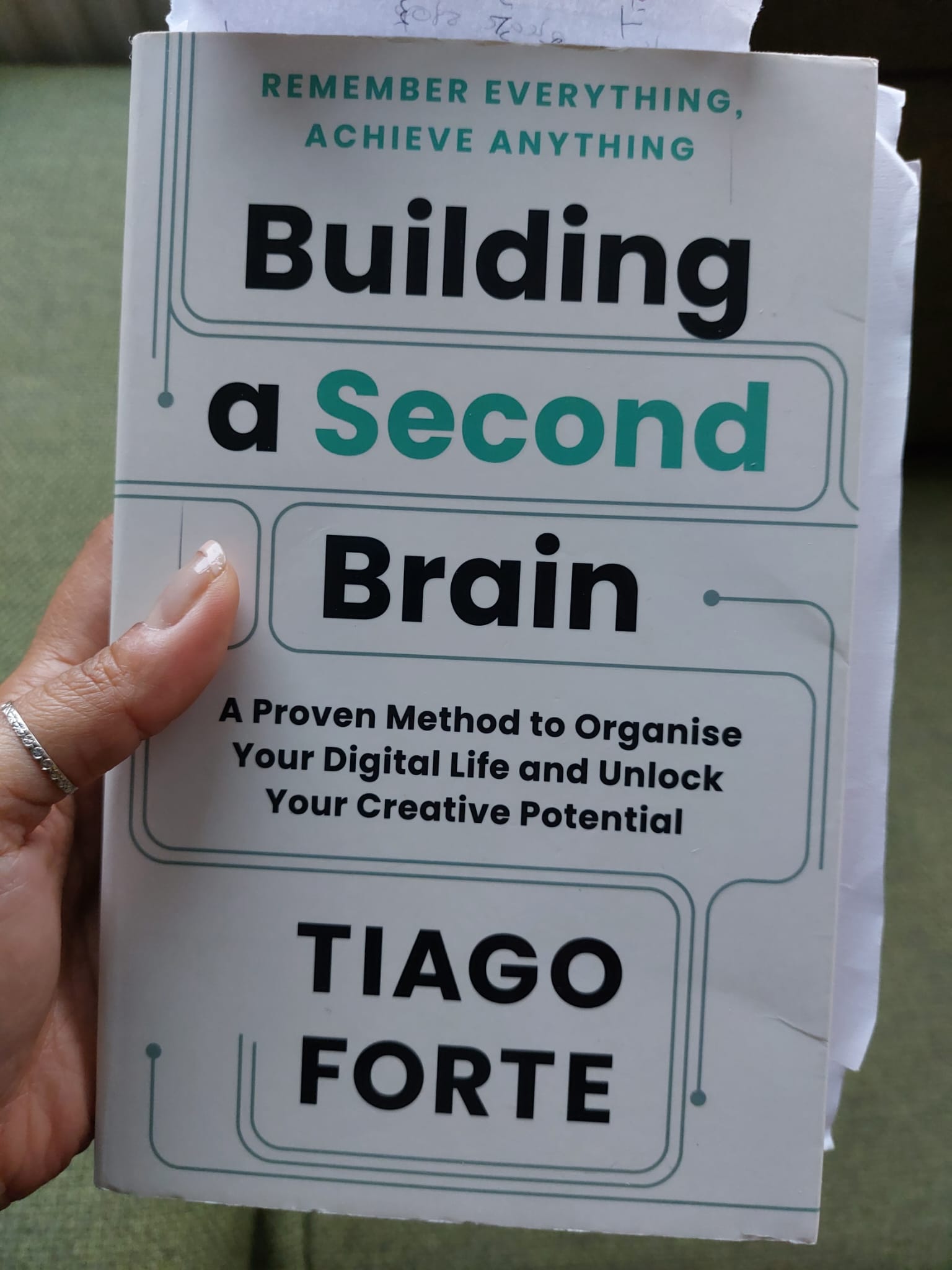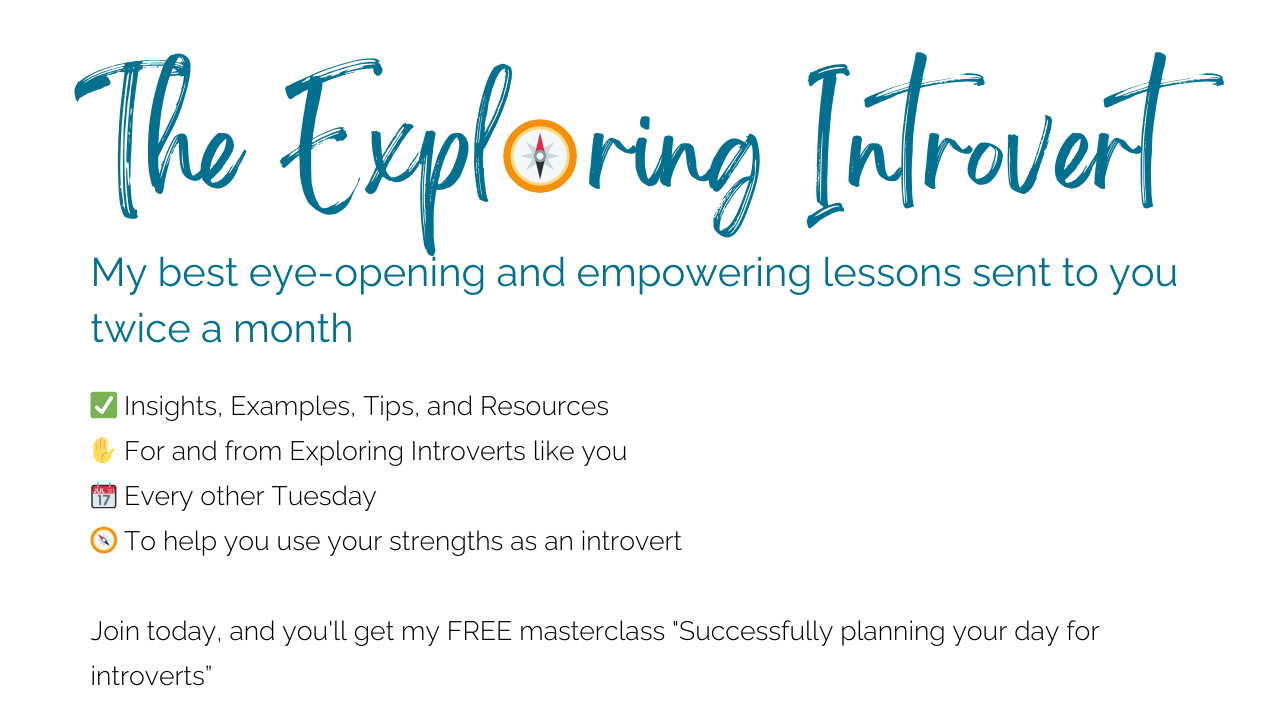-
It’s frustrating when ideas slip away from us before we can do anything with them. Or when you can’t recall a key piece of information that you’d like to build on. That's where building a second brain comes in.
-
The core system of Tiago Forte’s method is the acronym CODE (Capture, Organize, Distill, Express): the four steps to remember what matters.
-
So far, using this system has given me more mental space and - now that I’m a couple of months in - it’s also making it easier for me to spend the majority of my time on creative problem solving.
-
It may sound counter intuitive but this system probably works best if you are naturally interested in organizing things or if you actively want to build that skill.
Is building a second brain worth it?

It’s frustrating when ideas slip away from us before we can do anything with them. Or when you can’t recall a key piece of information that you’d like to build on. That's where building a second brain comes in. But is it worth it?
In this blog, I'm sharing about my personal experience with "Building a second brain: A proven method to organize your digital files and unlock your creative potential" from Tiago Forte's book.
Highlights
Full summary
It’s frustrating when ideas slip away
Have you ever wished that you could remember things better? You might read or see something really interesting and it sparks an idea but by the time you sit down to write down your idea, you forgot what it was. It’s frustrating when ideas slip away from us before we can do anything with them. Or when you can’t recall a key piece of information that you’d like to build on.
That’s where a second brain comes in.
A second brain is a database of all the things that you find important and interesting. It’s there to help you to use your human brain for what it’s best at: coming up with creative ideas.

The core system of Tiago Forte’s method
The core system of Tiago Forte’s method to build a second brain is the acronym CODE (Capture, Organize, Distill, Express): the four steps to remember what matters.
1. Capture
The essence here is to keep only what resonates and leave the rest aside.
Most of the information that’s coming to you on a daily basis isn’t actually useful or helpful to you. When you do find something that’s helpful or interesting, it often gets lost in the noise.
“Keep only what resonates” is a beautiful phrase to help remind you that your attention is your most valuable asset. It isn’t time, it isn’t energy, it’s what you do with that time or energy.
2. Organize
The essence here is to save for actionability. To do this, you organize your files using PARA (Projects, Areas, Resources, Archive).
Projects: things that you’re actively working on and that have an end date. Areas: things in there that you’re actively working on but that are open ended or reoccurring. Resources: things that you may want to use in the future. Archive: everything that’s been closed or that you no longer need.
3. Distill
Get down to the core essence of the notes that you take.
The reason Forte does this is to give your future self the best changes to use the note. Let’s be honest, our future selves are lazy. If you make it as easy as possible for your future self to quickly understand why a note was saved in the first place there’s a much higher chance that you’ll actually take action on your notes in the future.
4. Express
Show your work.
This is when all the work you’ve done becomes most meaningful. Show your work means different things to different people. You don’t immediately have to become a content creator or influencer to express yourself and there are many ways that you can add value to the world. The question is: what are you going to do with the knowledge that you have and that you’re collecting? What can you do with it to improve your life or the life of someone else?
My experience so far
So far, I’m really positive about the CORE system.
It has given me more mental space and - now that I’m a couple of months in - I’m noticing that it’s also making it easier for me to spend the majority of my time on creative problem solving. The energy that I used to spend on looking for things is now spent actually figuring out how to improve my life and my clients lives by finding the right tools and tweaking them for their situation.
It’s great: much less wasted energy and more progress!
Learn what to focus on for a
no-discipline approach to habits,
no matter how busy or overwhelmed you are
Masterclass "Successfully planning your day for introverts: 3 eye-opening ideas to create no-discipline habits
** includes 40-minute masterclass, written transcript and summary ebook **
Why I would not recommend this system for everyone
Although I love this system, I wouldn’t recommend it to everyone because I don’t think it will work for everyone.
I’ve been using a second brain for close to a year now and I’ve only scratched the service, focusing mainly on the organize step. It may sound counter intuitive but this system probably works best if you are naturally interested in organizing things or if you actively want to build that skill.
You’ll need to be disciplined in sending information to your second brain consistently and you’ll need to make a habit of checking and cleaning up your files regularly. If that’s something that naturally draws your attention then it’ll be easy to do but, if it’s something that feels like a chore to you, your folders will become a mess and you won’t get the benefit out of your second brain that you could.
I believe in leveraging natural discipline: leaning into the things that feel really easy for you so that you don’t have to rely on willpower the whole time and you can save your time and energy for the really important things.
The last thing you want is for the tool to become the master.
If you took one thing from this
If you took only one thing from this blog it would be this: document what sparks your interest - and leave the rest!
If you did nothing with the CODE system or building a second brain at all but you simply started documenting the things that excite and interest you, then that’s already going to propel you in ways you didn’t know it could.
Ultimately, paying attention to what naturally grabs your attention and the unique way that you see the world, will help you to bring your creative ideas to life.
Now you
- Have you ever thought of or have you tried to build a second brain before?
- What has been your experience so far with building a second brain?
- Did you already know about Forte's system or do you know about other systems to build a second brain?
- What is hard for you to build a second brain?

